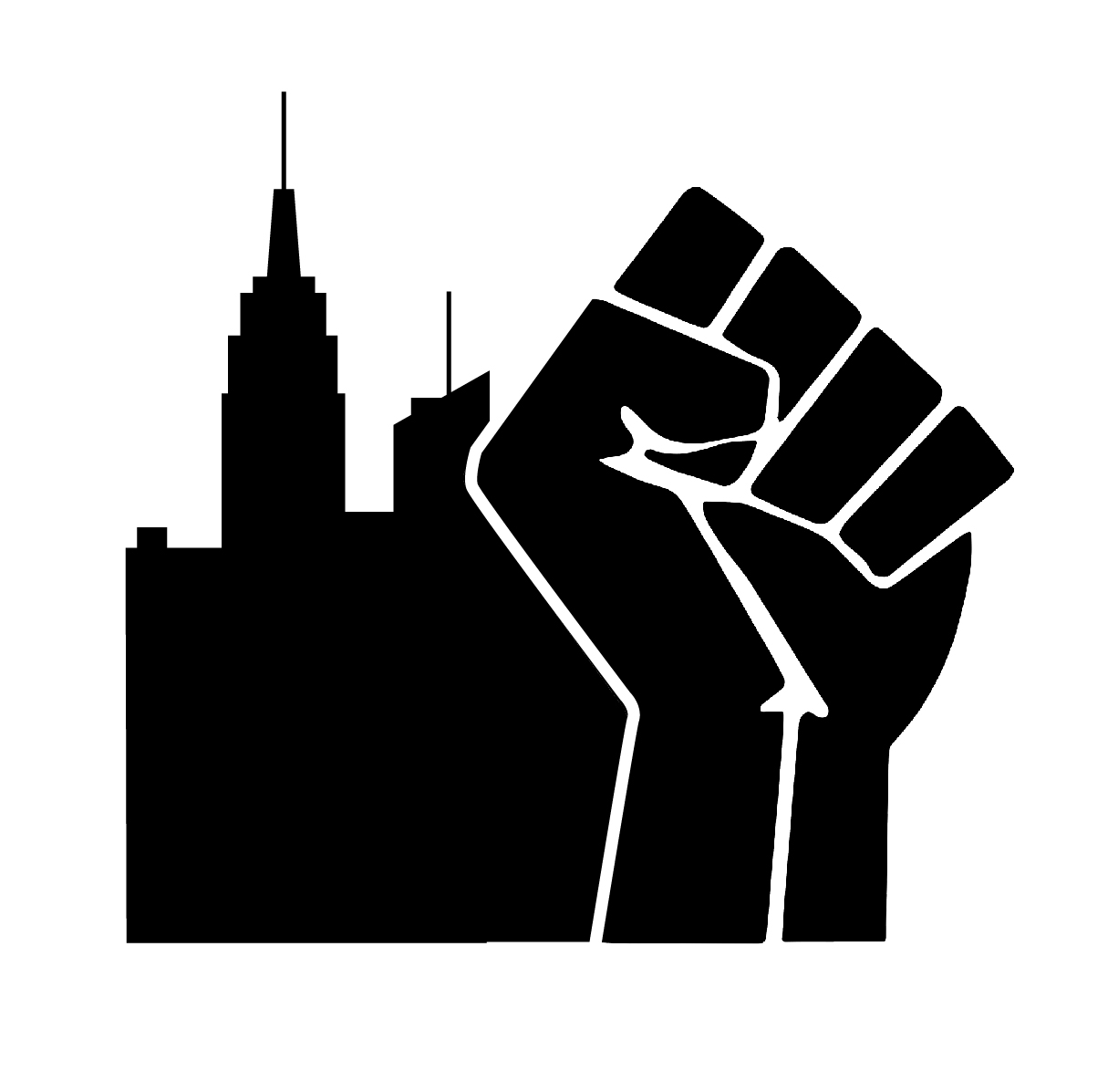The intersection between an individual’s right to privacy and the need for law enforcement to access encrypted data caught national spotlight on December 2, 2015, when a group of co-workers gathered for training at the Inland Regional Center in San Bernardino, California. Suddenly, a door swung open, and a single masked person wearing all black, and carrying a firearm stepped inside the room. Without a word, he began opening fire. Pandemonium ensued. A second shooter joined the attack, and together they fired over 100 rounds before fleeing in a black SUV, leaving 14 people dead and 22 people injured.
Former Incarcerated Youth: The Unknown Collaterals of The School to Prison Pipeline
You are on your computer and you decide to click on a video that it seems all your social media friends have continuously shared. You press play and on your screen you see a little girl sitting in her chair with a police officer standing nearby. Suddenly, the police officer yanks the girl’s arm and in a struggle flips her and the chair over. The girl is subsequently dragged by her hair and arrested. The little girl is African-American. This happens during class, in front of all the other students and the teacher.
Videos like the one described above have bought great attention to the phenomenon labeled as the “school-to-prison pipeline”.




